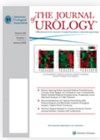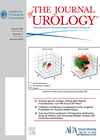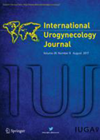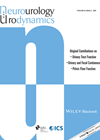
Journal Reviews
Synthetic mid-urethral slings for stress incontinence in neurogenic LUTD
Neurogenic lower urinary tract dysfunction (NLUTD) is heterogeneous because of the multiplicity of underlying causes and mechanisms. In women with NLUTD, stress urinary incontinence may be due to intrinsic sphincter deficiency caused by the neurological disease itself or from sphincter...
Botox® instillation into the bladder
Patients with refractory overactive bladder (OAB) may be offered OnabotulinumtoxinA (Botox®) as one of the third-line options. Given the invasive nature of requiring cystoscopy, injections via a needle and local anaesthesia, it would be simpler, more convenient and more accessible...
Can continence and volitional voiding be achieved in bladder exstrophy?
Bladder exstrophy is a challenge to the paediatric urologist; here in the UK, repairs are now undertaken at two centres in order to concentrate experience. The ultimate aim is to achieve urinary continence and volitional voiding. In this study, John...
Solifenacin for children and adolescents with overactive bladders
Solifenacin (VESIcare®) is the second-line anti-muscarinic medication of choice for my patients with overactive bladder (oxybutynin being my initial choice). However, currently, it remains unlicensed for use in children. Newgreen et al. have evaluated the long-term safety and efficacy of...
What are the long-term outcomes of TOT and TVT procedures?
This is a systematic review between 2000 and 2016 evaluating the efficacy and safety of midurethral sling (MUS) procedures in women. Studies were included if the follow-up data was five years or more. Objective cure rates showed no significant difference...
Penile clamp device – a new indication?
This study originates from New Zealand and looks at men affected by post-prostatectomy incontinence (PPI). These patients are difficult to manage with the options of further surgery, indwelling catheters or pads. The aim of this questionnaire study (IIQ 7) was...









